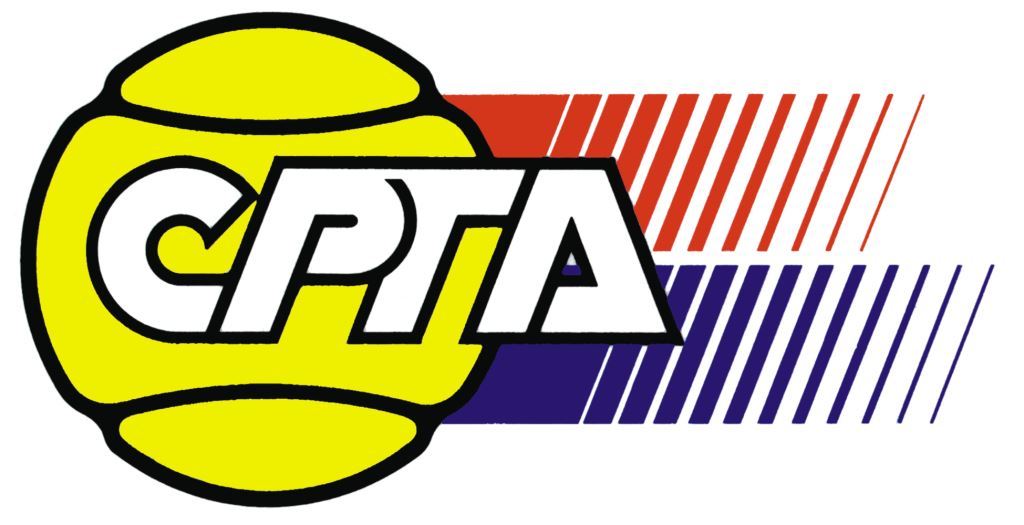The forehand is one of the basic and most commonly used strokes in tennis. It is a shot hit from the side of the body where the player holds the racket. For right-handed players it is the right side, for left-handed players it is the left side.
Here are a few key points of the forehand technique:
- Preparation: As soon as you see the ball coming towards you on the forehand side, quickly turn sideways to the net, turning your shoulders and holding the racket with both hands (one hand on the handle and the other on the rim of the racket).
- Hand Position: The hand holding the racket must be extended and below the level of the ball before hitting. 3. Racket Circumference: The hand holding the racket must be extended and below the level of the ball before hitting.
- Racket Swing: As the racket is brought up to the ball, the racket should be swung in a big swipe, circling the ball from bottom to top to give it spin (topspin).
- hitting point: It is ideal to hit the ball at waist level when it is in front of you. This allows you to control the direction and power of the shot.
- Bounce: After hitting, continue to move your arm in the direction you want the ball to go, finishing the shot with your arm extended in that direction.
- Leg position: The stance should be stable with your feet about shoulder width apart. The legs play a key role in transferring energy into the kick. At the moment of impact, body weight is often transferred from the back foot to the front foot.
- Body Rotation: Rotation of the pelvis and upper body helps to add power to the shot. An effective forehand requires the whole body, not just the arms.
- Topspin: Using topspin allows the ball to sink quickly after going over the net, making the shot less predictable for the opponent.
- Keeping your eye on the ball: It is very important to always keep your eye on the ball from the moment your opponent serves to the moment you hit it.
The forehand can be played in different variations depending on the situation in the game: topspin, slice or as a flat shot. The effectiveness of the forehand depends largely on correct technique, which can only be learnt through constant practice and correction by a coach.


